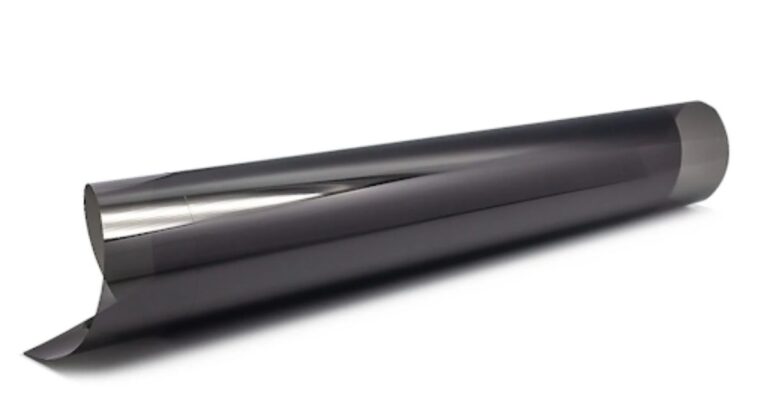The Ultimate Guide to Metal Bending: Techniques and Tools
Are you curious about transforming raw metal into smooth curves or sharp angles? Mastering metal bending is where art meets skill!
Whether you’re a hands-on hobbyist or a pro in the making, knowing the right tools and methods makes all the difference. In this guide, we’ll dive into top techniques and essential tools that can help any metal bender shape metal like a pro.
Let’s get started!
Freehand Bending
Freehand bending is a technique for shaping metal manually without using complex machinery. It’s often done by clamping the metal in a vise and bending it with hand tools like hammers or bending bars.
This approach lets you shape metal more freely, creating curves and angles that machines might not easily make. It works well for smaller projects or adding personal, artistic touches to metal.
But it does take some practice to get it right since each bend depends on your strength, accuracy, and skill.
V-Bending
The metal is bent using a V-shaped die and punch in this technique. The metal is placed between the die and punch, and as pressure is applied, it bends into the desired angle.
This method is commonly used in a metal shop because it’s quick, precise, and works well for creating sharp, consistent angles. Plus, it’s ideal for forming parts that need accuracy, like brackets or frames.
It’s a flexible technique that allows for different bend angles by adjusting the depth of the punch. It is a go-to for professionals who need reliable and repeatable bends in their work.
Rotary Bending
This method uses a rotating die to bend metal smoothly without leaving marks. The metal is placed between a fixed base and a rotating cylindrical die, which rolls over the surface to create the bend.
This technique is perfect for projects where a clean, unmarked finish is important. A metal expert might choose this method when working with softer metals or projects that require a flawless appearance.
It’s a great option for bending metals like aluminum or copper that can show scratches easily. Plus, it allows for more delicate, controlled bends and gives a high-quality finish.
U-Bending
This process applies force to bend the metal, creating two parallel sides with a rounded bottom. It’s commonly used for parts needing a strong, rigid structure, like brackets and support beams.
Rebar manufacturers often rely on this method for shaping metal rods used in construction. This gives the rebar the strength and shape needed to reinforce concrete.
Roll Bending
Roll bending is a technique where metal is passed through a series of rollers to create smooth, continuous curves. By adjusting the rollers, the metal can be bent into large arcs or even full circles.
This method is commonly used for creating rounded shapes in structural:
- beams
- pipes
- other cylindrical forms
A metal company might use this technique to produce components for projects that need strong, curved metal parts, like bridges or architectural designs. It’s an efficient way to create consistent bends in longer sections of metal.
Top Techniques and Tools Every Metal Bender Should Know
As we explore the top techniques and tools for metal bending, you’re ready to tackle any project with confidence. Whether you’re a seasoned metal bender or just starting, this will help you achieve precision and creativity in every bend.
Ready to put your skills to the test? Grab your tools, experiment with these techniques, and watch your metalwork reach new heights today!
Did you find this article helpful? Check out the rest of our blog now!







